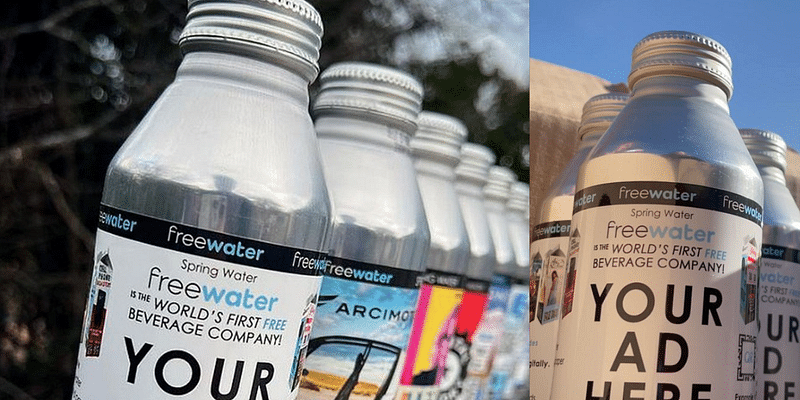Success Story of Maggi: A Marketing Masterclass that Made it a Desi Delight!
Maggi, Nestle's instant noodle brand, secured a 60% market share in India by appealing to mothers and children with its "2-Minute Noodles" concept and effective marketing. Despite a ban in 2015, Maggi rebounded with nostalgic campaigns to reclaim its position.
Maggi. The mere mention of the name conjures up childhood memories of slurping down those delicious noodles after school. But for Nestle, the company behind this iconic brand, Maggi's story is a case study in disruptive marketing and building a market from scratch.
In 1983, instant noodles were as alien to Indian palates as flying cars. Yet, Nestle, with audacious foresight, saw an opportunity. Market research became their secret weapon. They identified two key demographics: time-crunched mothers and fussy kids. The solution? Maggi - the 2-minute noodles! Easy to prepare, tasty enough for kids, and a lifesaver for busy moms – Maggi positioned itself as the ultimate kitchen hero.
Data speaks volumes: Nestle's genius was in creating a need where there wasn't one. They built a whopping ₹937 crore market for instant noodles and have reigned supreme ever since, with a staggering 60% market share even today. Here's the magic recipe behind Maggi's phenomenal success:
- How vs. Which: Targeting the Right Audience: Instead of a generic approach, Nestle adopted a laser-focused strategy. They understood that in a diverse market like India, "one size fits all" wouldn't work. They targeted mothers and children, creating a product that addressed their specific needs – convenience, and taste. This targeted approach ensured higher adoption and brand loyalty.
- Marketing Campaigns: Integrated marketing efforts across TV, radio, digital platforms, and out-of-home advertising solidified Maggi's place in the Indian household. The memorable “2-Minute Noodles” jingle and targeted advertising during popular kids' TV shows made Maggi a household name.
- Supply Chain Mastery: Nestle built a robust supply chain that ensured Maggi’s omnipresence across India. They tailored sizes and pricing, including the INR 5 “Chotu Maggi,” to reach lower-income households. By the mid-2000s, Maggi had penetrated rural markets through Project Shakti, which partnered with small shops and kirana stores.
- We Miss You Too: The Art of Emotional Marketing: Even a giant like Maggi isn't immune to challenges. In 2015, a controversy led to a temporary ban. But Nestle didn't lose hope. They launched the "We Miss You Too" campaign, tapping into the emotional connection with consumers. This social media and advertising blitz cleverly played on the nostalgia and love for Maggi, paving the way for a successful comeback.
The Maggi Effect: Key Learnings for Aspiring Brands
Maggi's story offers valuable lessons for anyone looking to build a brand:
- Understand your audience: Don't try to be everything to everyone. Identify a specific need and cater to it.
- Innovation is key: Don't be afraid to disrupt the market with a unique product or service.
- Localisation matters: Adapt your offerings to local tastes and preferences.
- Embrace emotions: Build an emotional connection with your customers.
- Bounce back stronger: Learn from setbacks and use them as opportunities to connect with your audience.
Maggi's journey is a testament to the power of strategic marketing, cultural understanding, and a dash of nostalgia. It's a story that continues to inspire, reminding us that even a simple bowl of noodles can hold a world of marketing magic.
Edited by Rahul Bansal











